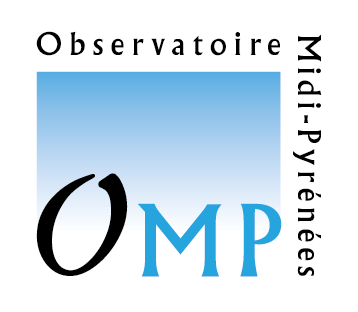A capillary electrophoresis-ICP-MS study of rare earth element complexation by humic acids
Résumé
To predict metal-humic interactions in nature, experiments must be carried out using environmentally relevant concentrations of metal and humic substances (HS). Capillary electrophoresis coupled with ICP-MS (CE-ICP-MS) is a rapid and sensitive method to separate and detect metal species at trace-element concentrations. In this study CE-ICP-MS was used to measure partitioning of the rare earth elements (REE) between HS and a competing ligand (EDTA) under near environmental conditions (pH 6-10, 0.1 mol L_ I NaNO3, 100 nmol L-1 REE, 10 mg L-1 HS). Conditional binding constants, K-c,K-LnHS, were calculated for REE complexed with Elliot soil humic acid, Pahokee peat humic acid, Summit Hill soil humic acid, and Suwannee River natural organic matter and compared to existing data for REE complexation by Leonardite coal humic acid and Suwannee River fulvic acid. Results of these experiments show an increase in log K-c,K-LnHS with decrease in ionic radius for REE-humic complexes (the lanthanide contraction effect), overall log K,,LnHS values ranging from 9 and 16 and indicating strong REE-HS binding, and a 2.7 log unit variation in K-c,K-LnHs among humic sources. The inter-humic affinity for REE correlates with proton affinity and aromaticity of the HS sources.

